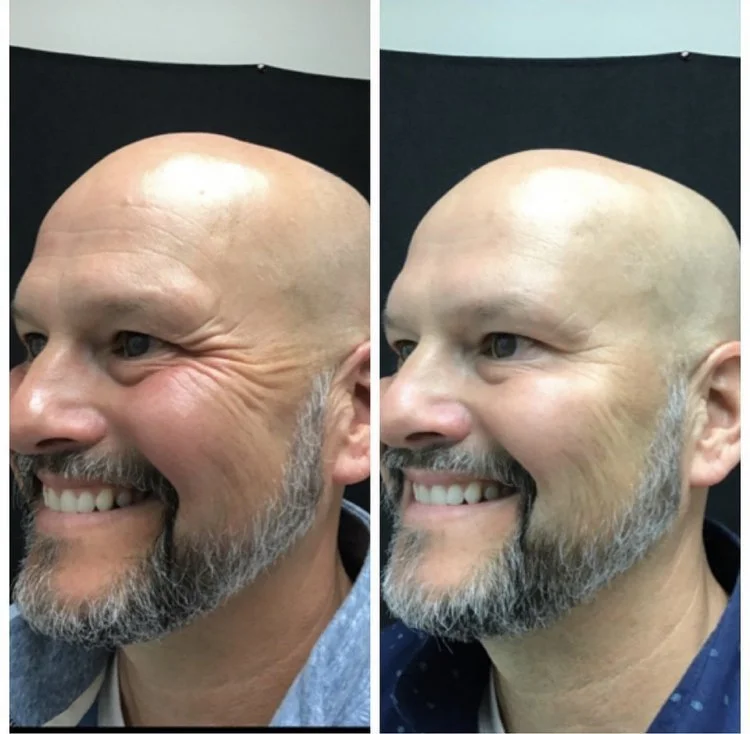Botox, also known as botulinum toxin type A, is a versatile cosmetic treatment that effectively addresses various aesthetic concerns. Primarily used for its ability to reduce the appearance of wrinkles and fine lines on the face, Botox works by temporarily relaxing the muscles responsible for creating those lines. By injecting small amounts of Botox into targeted areas, such as forehead lines, crow's feet, and frown lines, it smooths the skin, resulting in a more youthful and rejuvenated appearance.
In addition to its cosmetic applications, Botox is also used to treat certain medical conditions. One of the most well-known therapeutic uses of Botox is for the treatment of chronic migraines. By injecting Botox into specific muscles in the head and neck, it can help alleviate the frequency and intensity of migraines, providing relief for those who suffer from this debilitating condition.
Botox has also shown effectiveness in treating hyperhidrosis, a condition characterized by excessive sweating. By blocking the nerve signals responsible for triggering sweat glands, Botox injections can significantly reduce sweating in targeted areas, such as the underarms, palms, or feet, improving the quality of life for individuals dealing with this condition.
Furthermore, Botox has been used as a non-surgical solution for muscle spasms, such as those caused by conditions like cervical dystonia or blepharospasm. By temporarily weakening or paralyzing the affected muscles, Botox injections can provide relief and improve muscle control.
Overall, Botox offers a range of cosmetic and therapeutic benefits, helping individuals enhance their appearance, manage medical conditions, and regain their confidence and well-being.







